SupermealX, India’s Soylent, may be nutritious, but will it make the world a better place?
A drink with all the nutrients a body needs, and can be stored in powder form for several months is ideal for the poor
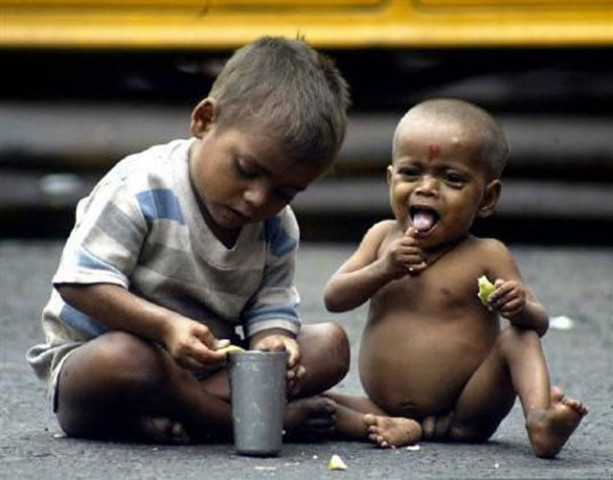
Is the right to food the same as the right to tasty food? The answer, like the answer to any question that involves human nature, is complicated because it does not involve mere facts.
Ever since an American electrical engineer invented a food that abolishes the inconveniences of foraging and cooking, and contains all the nutrition a human body is known to require but is devoid of the substances that harm, there has been talk that it can end not only the problems of the overfed but also the underfed. After all, it is in the tradition of Silicon Valley-blessed projects to invent a solution for the rich that eventually “makes the world a better place,” to borrow an expression used by tech billionaires and comedians.
Food insecurity and malnutrition among women and children
What if India procures or makes a food like Soylent and distributes it at a great discount to all its malnourished?
The thought has crossed many minds, including an Indian fitness entrepreneur who has created his own version of Soylent, called SupermealX, which he recently began selling online. His first paid customers will receive the food in a few weeks.
Harsh Batra, 32, is a lean and fit man who has the habit of testing his own blood. He was an early adopter of Soylent, and as he watched his health improve he grew serious about making his own version.
Health communications: HSA, Johns Hopkins sign agreement
SupermealX, which has been certified by Indian regulators as fit for human consumption, is yellowish and has a tinge of vanilla flavour. Like Soylent, it derives proteins, sugars, fats, vitamins and minerals from both regular food and synthetic sources, but Batra has to import most of the ingredients. As a result, SupermealX in India, at INR290 a 500-milliliter meal, is almost as expensive as Soylent is in the United States.
The Indian government spends about INR3 to 4.5 per lunch in the midday meal program that it provides to millions of poor schoolchildren. The midday meal, which provides 450 to 700 calories, depending on a child’s age, derives most of its calories from grain-based carbohydrates. Grain, especially rice and wheat, is cheap in India because of government subsidies. Nutritious vegetables are expensive. When the poor eat at all, they usually fill their bellies with starch.
Angus Deaton, the 2015 Nobel laureate in economic science, and the economist Jean Drèze, observed in 2009 in an influential paper that the “anthropometric indicators of nutrition in India, for both adults and children, are among the worst in the world,” he wrote. “Indeed, according to the National Family Health Survey, the proportion of underweight children remained virtually unchanged between 1998-99 and 2005-06 (from 47 per cent to 46 per cent for the age group of 0-3 years). Undernutrition levels in India remain higher than for most countries of sub-Saharan Africa.”
Perhaps India can take a few pages out of Pakistan’s poverty reduction playbook
The situation for the poor has not vastly improved in the past decade. It would appear that a drink with all the nutrients a body needs, which can be stored in powder form for several months and has been created for the rich, would be an excellent idea for India’s poor, too. For every meal that a customer purchases, Batra plans to give one away free to an impoverished child in the care of a chosen organisation. But the poor have yet to taste his food. “I have no idea how they are going to react,” he said in an interview. “In a few weeks I will know.”
The issue of taste is significant. People, including the poor, eat not only because they have to, but because they enjoy it. Also, society is conditioned to believe there is something objectionable about the poor being made to drink a tasteless subsidised potion because they cannot afford the other kind of good food. There are movies in which people consuming tasteless but utilitarian nutrition is depicted as evidence of dystopia.
Images of India’s poor being given a drink that is ideal for feeding the survivors of a calamity could be politically problematic. They would suggest that India is a disaster zone. Some might ruminate, by pure statistics, it is.
This article originally appeared on the New York Times, a partner of The Express Tribune.


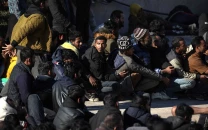


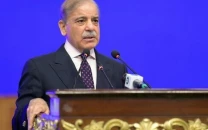
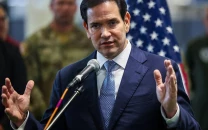


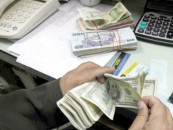

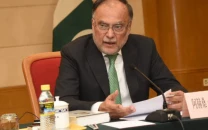
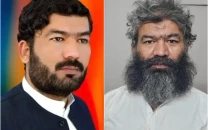

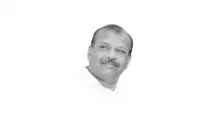

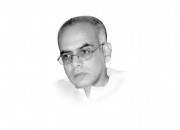


COMMENTS
Comments are moderated and generally will be posted if they are on-topic and not abusive.
For more information, please see our Comments FAQ